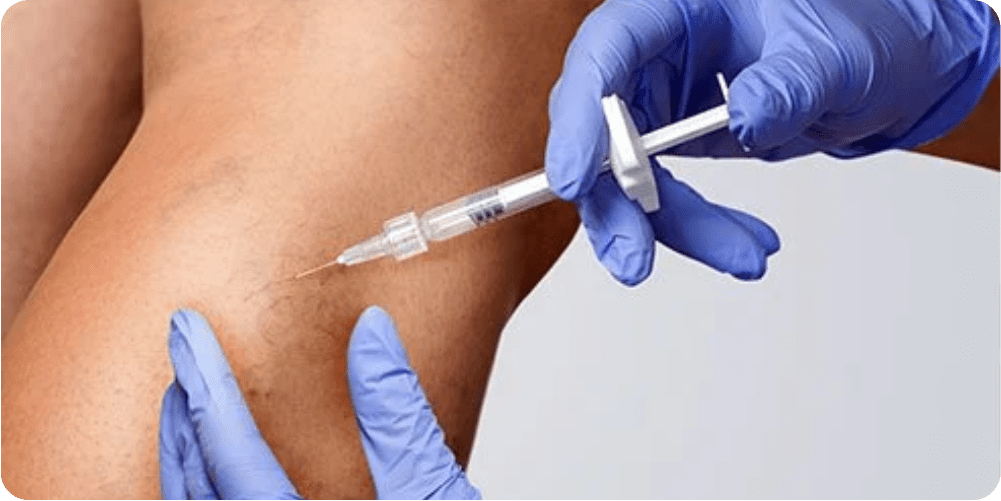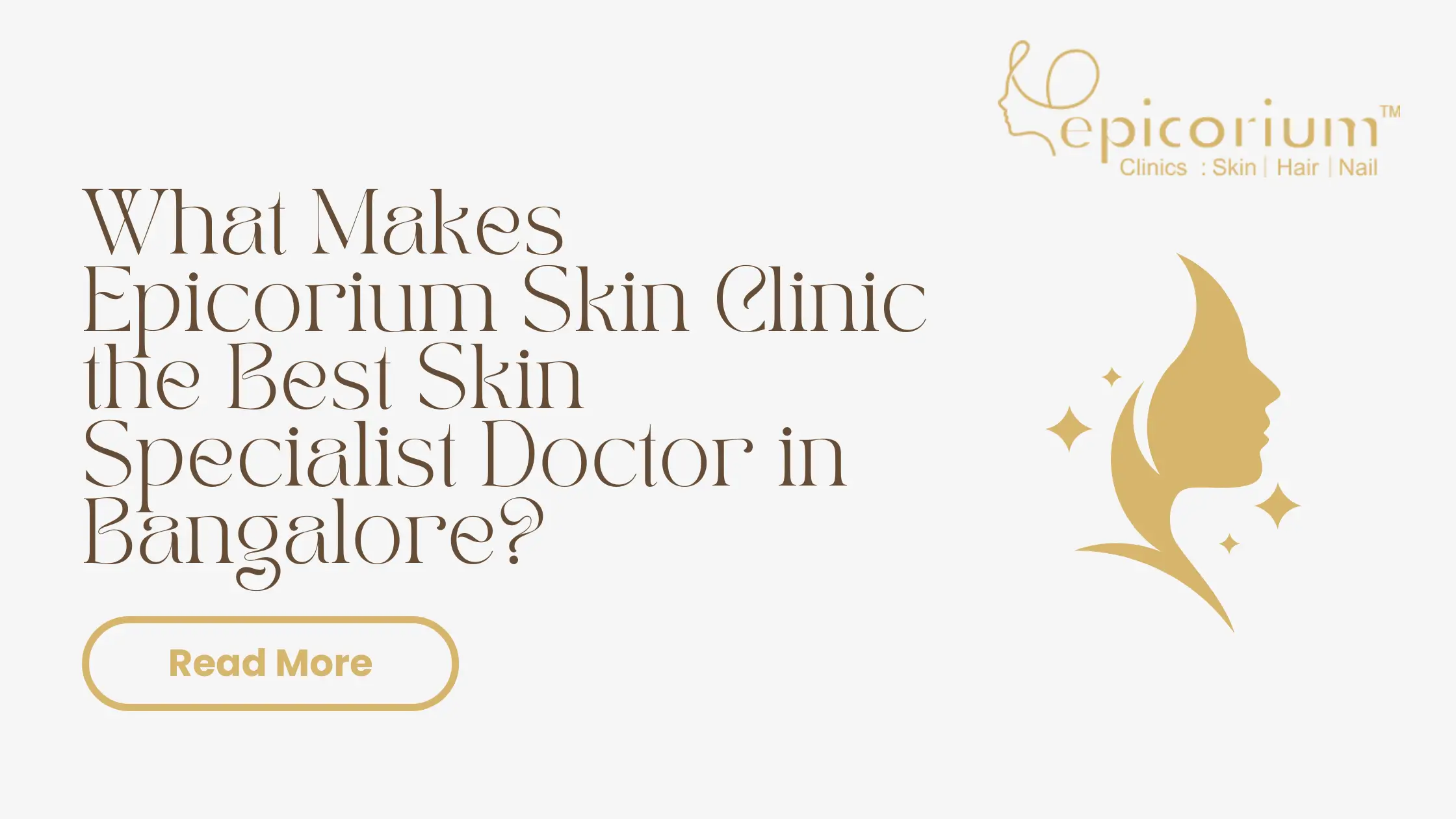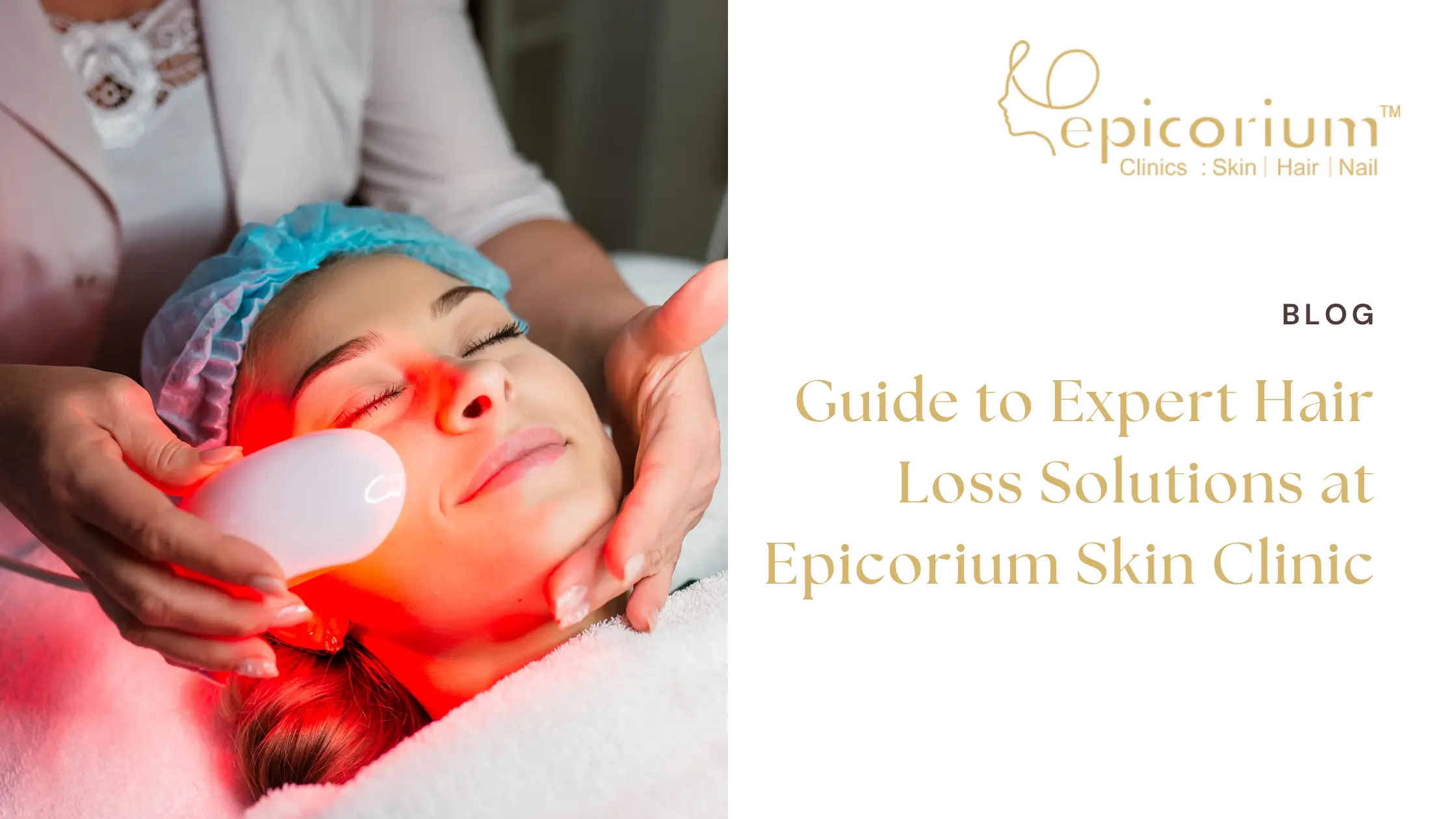
Sclerotherapy for varicose veins – what it is and what are the expected results?
What is sclerotherapy?
Sclerotherapy involves injecting a solution directly into the vein. The sclerotherapy solution causes the vein to scar, forcing blood to reroute through healthier veins. The collapsed vein is reabsorbed into local tissue and eventually fades.
Sclerotherapy generally fades treated veins within a few weeks, but sometimes it may take a month or more. There may be a need for several sclerotherapy treatments in some cases.
Why you should go for sclerotherapy?
Read MoreSclerotherapy for varicose veins – what it is and what are the expected results?
What is sclerotherapy?
Sclerotherapy involves injecting a solution directly into the vein. The sclerotherapy solution causes the vein to scar, forcing blood to reroute through healthier veins. The collapsed vein is reabsorbed into local tissue and eventually fades.
Sclerotherapy generally fades treated veins within a few weeks, but sometimes it may take a month or more. There may be a need for several sclerotherapy treatments in some cases.
Why you should go for sclerotherapy?
The following are some of the reasons why sclerotherapy is done to improve the appearance of varicose and spider veins.
Furthermore, the procedure can improve symptoms such as:
- Aching
- Swelling
- Burning
- Night cramps
- Having sclerotherapy while pregnant or breastfeeding is not recommended.
Risks
The following side effects may occur at the injection site:
- Bruising
- Raised red areas
- Small skin sores
- Darkened skin in the form of lines or spots
- Multiple tiny red blood vessels
These side effects usually go away within a few days to several weeks. Some side effects can take months or even years to disappear completely.
Side effects that may require treatment include:
Inflammation. This is generally mild but may cause swelling, and discomfort around the site of injection. You may be suggested an over-the-counter pain reliever such as aspirin or ibuprofen.
Blood clot. A blood clot may form in a treated vein. Rarely, a blood clot may travel to a deeper vein in your leg.
Air bubbles. Tiny air bubbles may get formed in bloodstream. They don’t cause trouble, but if they do, symptoms include visual disturbances, headaches, fainting and nausea.
These symptoms aren’t permanent and usually go away, but call your dermatologist if you experience problems with movement or sensation once the procedure is done.
How do you prepare for sclerotherapy treatment?
Before going for the treatment, your dermatologist will perform a physical exam and gather your medical history.
Physical examination
Your dermatologist will:
- Check the involved veins
- Check for the underlying blood vessel disease
- Medical history
- Recent illnesses or existing medical conditions, such as a heart condition or a past history of blood clots
- Medications or supplements you take
- Allergies
- Previous treatment for varicose veins
Ultrasound Treatment
Depending on which veins are involved, your dermatologist may request ultrasound imaging on the veins in your legs. Ultrasound is a painless procedure that uses sound waves to produce images of structures inside the body.
Before the procedure, avoid shaving or applying any lotion to your legs. Avoid shaving or using lotion after the treatment until the injection site is healed. Wear loose, comfortable cloth during your appointment.
What you can expect?
Sclerotherapy usually doesn’t require anesthesia. It generally takes less than one hour to complete the procedure.
During the procedure, you’ll lie on your back with your legs slightly elevated. After cleansing the area to be treated with alcohol, your doctor will use a fine needle to slowly insert a solution into the appropriate vein.
The solution works by irritating the lining of the vein, causing it to swell shut and block the flow of blood.
Eventually, the vein will become scar tissue and disappear.
Some patient may experience minor stinging or cramps when the needle is inserted into the vein. If you have a lot of pain, you must talk with your dermatologist. Pain might occur if the solution leaks from the vein into surrounding tissue.
After that, your dermatologist massages the area to keep blood out of the injected vessel. A compression pad may be taped onto the injection site to keep the area compressed while your doctor moves on to the next vein.
The number of injections depends on the number and size of veins being treated.
After the treatment you’ll be able to walk around soon after the treatment. Walking and moving your legs is important to prevent the formation of blood clots.
You’ll be asked to wear compression stockings or bandages – usually for about two weeks.
Most people return to their normal activities on the same day. But dermatologists recommend to have someone with you to drive. Your dermatologist will advise you to avoid heavy exercise for two weeks after the treatment.
You’ll also be advised to avoid sun exposure to the treated areas. The inflammation caused by the injections combined with sun exposure can lead to dark spots on your skin.
What are the expected results of sclerotherapy?
If you were treated for small varicose veins or spider veins, you can usually see the results in 3 to 6 weeks. Larger veins may require 3 to 4 months. However, several sessions may be needed to achieve the expected results depending upon the concern.
Veins that respond to treatment generally don’t come back, but new veins may appear.
Your dermatologist will likely follow-up about one month after the treatment to determine how well it worked and if you need more sessions or not. Usually, you need to wait about 6 weeks before undergoing another sclerotherapy session.
Consult our dermatologists if you or your loved one is suffering from varicose veins. Our experts have years of experience in sclerotherapy and are able to give you desired results.
FAQs
Obviously, the procedure can be painful as needles will be pricked on different parts of your body. The process can be a bit painful to you, depending on your levels of pain tolerance. If you do not worry about needles pricking your legs and hips for several sessions, this is not painful. Otherwise, you may request some local anaesthesia to ease the pain to some degree.
The pain and discomfort will only last for a few minutes, and the bigger the vein to tackle, the more pain and more prolonged the time it will last. Also, some chemicals can cause more discomfort and pain rather than others. The pain levels depend on the patient’s tolerance towards the needles and the injection. Still, since it is classified as a minimally invasive cosmetic treatment, it is not that painful most of the time.
One of the best things about doing sclerotherapy is that it can be taken during the day, some procedures lasting about an hour at most, depending on the gravity of the concern. Most people often get it over a lunch break, with some people getting it within 15 minutes.
After that, they can walk home or to their offices without anything significantly noticeable after the procedure. The duration of the process depends on the number of veins being treated, so the lesser, the better.
However, one thing you should remember is that after sclerotherapy, you should avoid working out or doing any form of exercise for several days. This is because your injected areas might swell or bruise if excessive amounts of pressure are put onto the injected areas, especially if you do squats or weightlifting.
It is important to note that sclerotherapy, even though it is minimally invasive, is not designed for people of all ages, sizes, and shapes. Those who would see the benefits from sclerotherapy the most have spider veins or varicose veins between the ages of 30 to 60. These people should not have had any blood clotting issues in the past.
Pregnant women and lactating mothers are not allowed to get sclerotherapy. However, since varicose veins mostly happen to pregnant women, they are advised to undergo treatment after weaning their babies from breastfeeding. That way, doctors can be sure that both the woman and the baby will not be affected.



